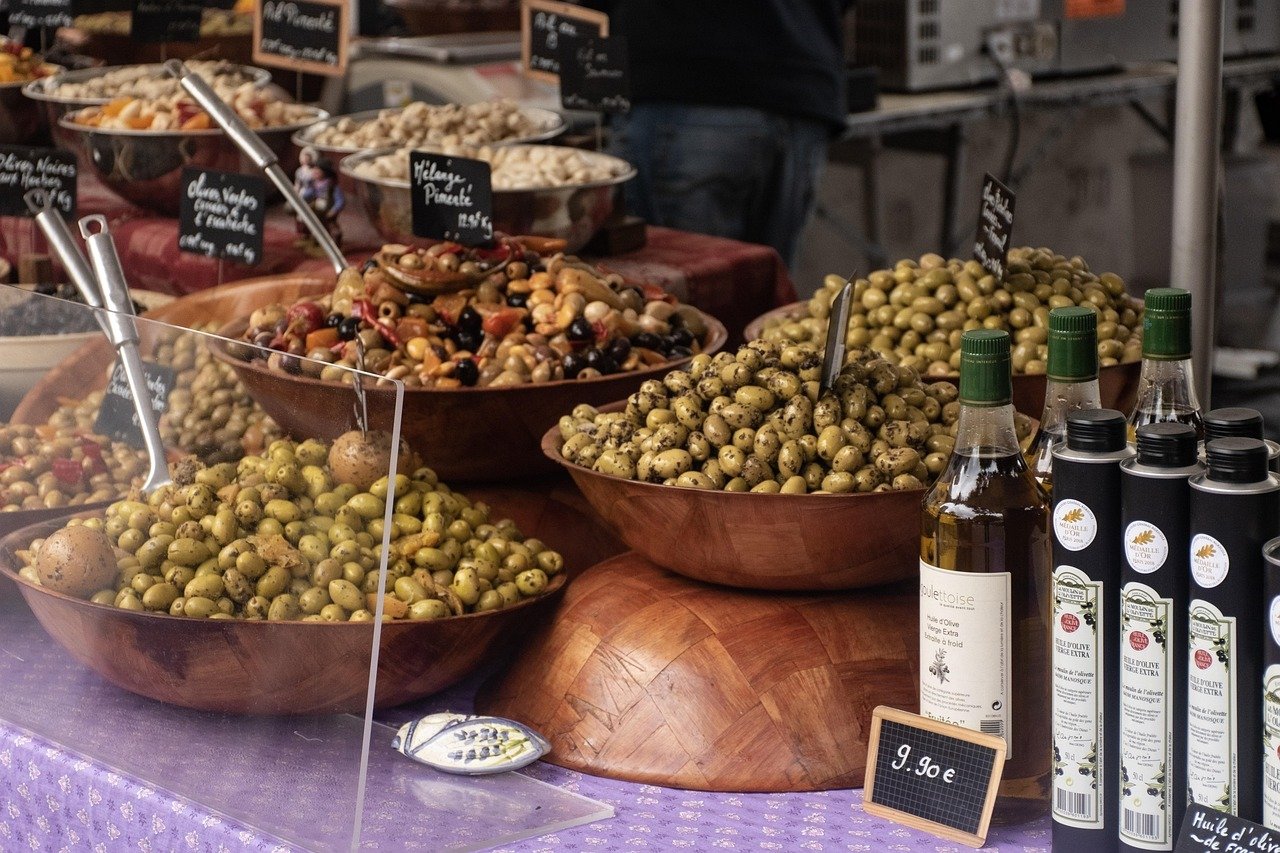If there’s one thing foodies universally love, it’s sampling the authentic flavors of a new destination. Some may find this in bustling streets overflowing with food stalls and others in world-renowned Michelin-star restaurants, though somewhere in the middle lands farm-to-table experiences. Combining locally supplied produce with deeper connections between travelers and the cultures they visit, here are five destinations farm-to-table aficionados should consider adding to their culinary bucket list.
Istria, Croatia
Primarily situated within Croatia's border, the Istria peninsula is technically part of Italy and Slovenia as well, a geographical component that contributes largely to the region’s food scene. Particularly, Istria specializes in white truffles because of the rich deposit found in the Motovun Forest; the ingredient can be found in many traditional dishes. Boškarin, an Istrian ox that almost went extinct, has been nursed back into a thriving population and now headlines many local menus. It’s even said that the pasta-based dishes here rival those in Tuscany, thanks to the unique blend of Balkan and Italian influences prominent in Istria. Whether it’s hand-rolled pasta with truffles, olive oil, wild asparagus or air-dried pršut (prosciutto), these goods are easily found in family-run konobas or on agriturismos (farm stays). Istria is abundant in both options, contributing to its status as an elite farm-to-table destination.

Alentejo, Portugal
Moving on over to southern Portugal, Alentejo specializes in rich and hearty meals. The rolling hillside region is known for its agriculture and countryside landscape — the endless fields of golden wheat make bread a staple at nearly every meal. In addition, the climate and soil in Alentejo support the growth of produce like cabbage, broccoli, leeks and other root vegetables, while free-range pigs grazing on the wheat turn into flavorful black pork for later. Add in other specialty elements such as olive oil, low-acidity wines and strong cheese, and travelers are sure to be impressed by Alentejo’s bold flavors.
As a lesser-known agricultural hub, the region follows a similar principle to Italy’s cucina povera, where meals are simple but prepared creatively. Alentejo’s family recipes have stood the test of time, passed down through the generations to foster a slower, more appreciative approach to dining. The region may not be known for its luxury eats, but eating at local farms allows visitors to experience a more intimate glimpse into Alentejo’s farm-to-table foods.
Lofoten Islands, Norway
A destination usually reserved for Arctic Circle cruise itineraries, Norway’s Lofoten Islands offer a revamped farm-to-table experience for the adventurous traveler. In fact, the unsuspecting archipelago was named one of the best places to eat in 2025 by Condé Nast because of its reliance on local ingredients.
The Lofoten Islands have had a long-standing history as a lucrative player in the fishing business, and that piece of their cultural identity hasn’t changed within the modern age. Foodies will find only the freshest seafood while visiting, dining on that morning’s catch of cod, herring, halibut or salmon. Lamb, cows and sheep graze throughout the land as well to round out the protein source options, and chefs have gotten creative with the implementation of foraged berries, seaweed and wild herbs into their meals. Where other farm-to-table destinations may require more active searching from travelers, Lofoten’s isolated nature means that fresh, ethically sourced meals are normative. Locals are openly committed to minimizing their environmental harm and take pride in sharing their organic and traditional food offerings.
Puglia, Italy
Speaking of Italy’s approach to simple and sustainable meals, Puglia is not one to be overlooked. This southern region forms the heel of Italy’s “boot,” where whitewashed hill towns meet generational farmland. The region is known for its extremely fertile and mineral-rich soil, making it an ideal producer for wine, olive oil and foundational vegetables like tomatoes, broccoli, broad beans and artichokes. Of course, pasta is consumed widely enough here that it could be considered its own food group, but Puglia’s farm-to-table cuisine stands out with the inclusion of freshly caught seafood. Its location on the water means the region is privy to flavorful octopus, squid and shrimp, while the expansive farmland produces the creamiest burrata, caciocavallo and stracciatella cheeses.
Similar to Istria, these good eats are most easily accessible at agriturismos. There are a wide variety of agriturismos in Puglia — some lean into the rural rustic feel and offer in-house meals cooked with local ingredients, while others provide a contemporary twist to the lodging, adding in hands-on experiences with the food through cooking or baking classes. Travelers are sure to find an array of customizable farm-to-table opportunities in this under-the-radar region.
Canterbury, New Zealand
New Zealand is often advertised as a destination for the adventurous, brimming with off-the-beaten-path activities and exciting excursions to soak up its untamed landscapes. That, of course, still holds true, though foodies will find regions like Canterbury to be equally as alluring with their delicious offerings. The east-central area surprisingly shares many similarities in the day-to-day cuisine with Lofoten, specializing in seafood, lamb, freshwater fish and seasonal vegetables. However, Canterbury differs in how the foods are cooked, typically opting for a roasted or grilled technique to bring out the ingredient’s natural flavors as opposed to Lofoten’s usual smoking or drying.
In a unique twist, Canterbury is also known for its seasonal fruits, particularly stone fruits in the summer months, in addition to blackcurrants and apples. These sweet additions are often found in salads or desserts. With a commitment to ethically sourced produce and meat, a growing number of small-scale food producers are specializing in farm-to-table experiences, and local restaurants are increasingly relying on the use of homegrown ingredients in their meals. As a prominent agriculture sector in New Zealand, visitors will find fresh foods at nearly every corner.

How To Find Farm-To-Table Experiences
While a large part of the farm-to-table experience is sampling regional flavors and seasonal produce grown on-site, it’s not the only component. Many travelers enjoy diving into a destination’s culinary scene as a method of cultural immersion, helping them understand the farmers behind the product and particular values the citizens may have around food, while also supporting small vendors.
Avid globetrotters who are skilled in scenting out authentic foodie experiences will likely have no trouble identifying farm-to-table experiences in a destination, but for those new to the culinary scene, one of the most accessible places to start is farmers markets or food festivals. It’s almost guaranteed that these spaces will be bursting with local vendors no matter where travelers are in the world, and they’re a convenient choice as the stalls are located close together.
Alternatively, travelers can also research agritourism opportunities before they arrive. Farms invite visitors onto the property to observe how they grow crops or raise animals, usually rounding out the experience by selling their fresh ingredients or cooking on-site. This is a good choice for those seeking a more nuanced approach to farm-to-table, opting for depth into the culinary scene over breadth.






comments